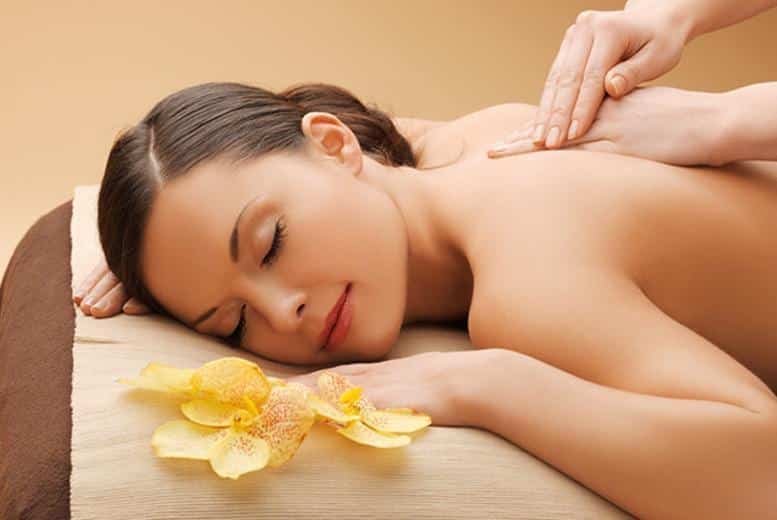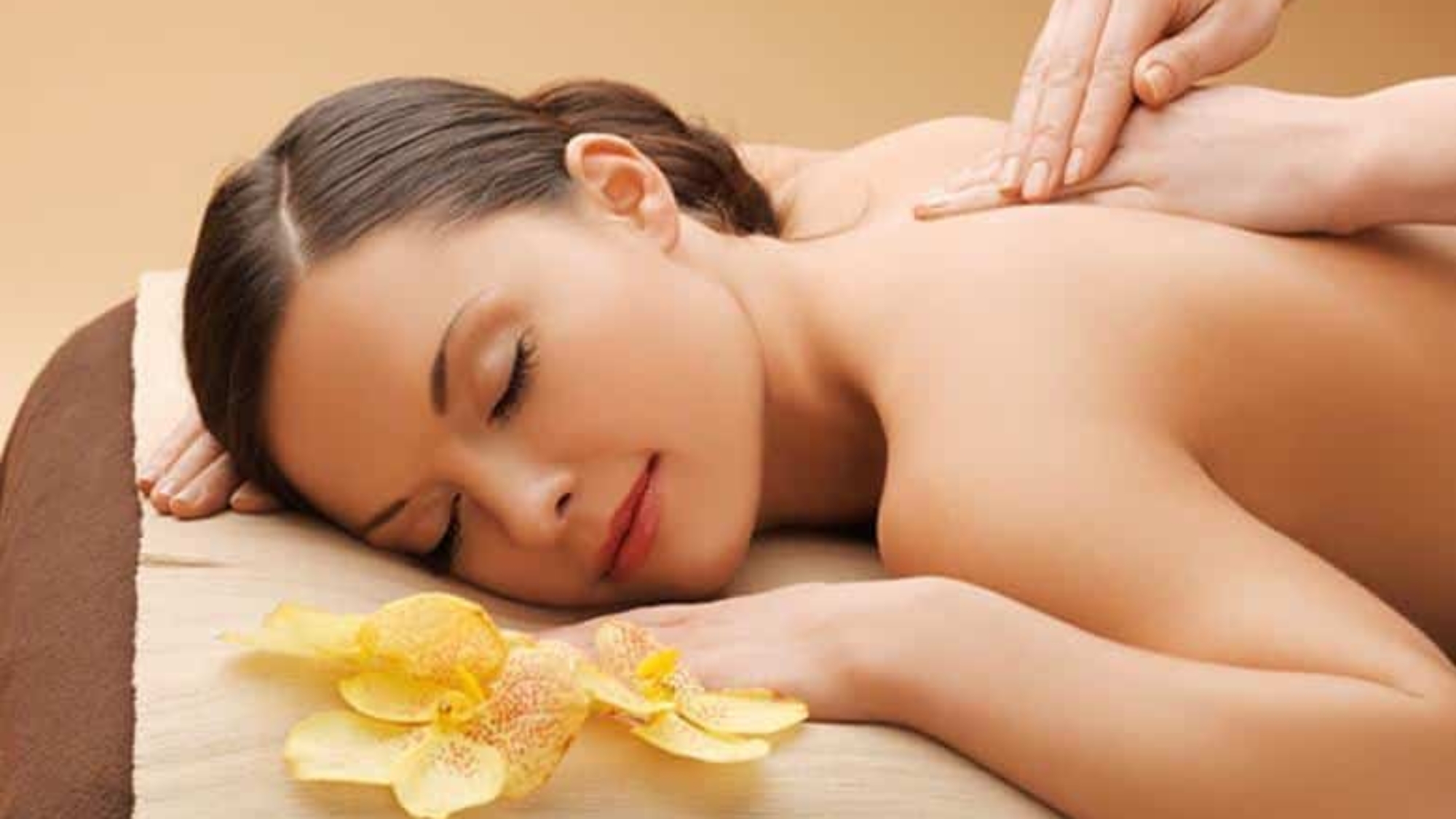
Our bodies frequently become tense and stressed out in the fast-paced world of today, leaving us feeling worn out and depleted. A relaxing body massage is one of the best ways to revitalize your body and mind. Whether you’re a massage enthusiast or a novice seeking to learn more about the advantages of body massage, this thorough guide will take you through all the essential information, guaranteeing a genuinely healing experience.
Body massage: What is it?
A body massage uses a variety of techniques to manipulate soft tissues to promote both physical and emotional well-being. It is a holistic approach to healing and relaxation. Massage therapy has developed from traditional healing techniques used by many cultures around the world to an organized field of study valued for its therapeutic advantages.
To relieve pain, promote circulation, ease muscle tension, and promote relaxation, massage therapists apply pressure, tension, or vibration to the muscles and other soft tissues. Depending on the client’s requirements and preferences, techniques can vary from light stroking and kneading to more intense, focused pressure.
The Benefits of Massage Therapy
Beyond its calming effects right away, body massage has many health advantages that promote wellness in general:
- Stress Reduction: Massage therapy promotes a sense of well-being and lessens stress and anxiety by lowering cortisol levels and releasing dopamine and serotonin.
- Pain Relief: By increasing blood flow and producing endorphins, the body’s natural analgesics, massage therapy can reduce pain from both acute and chronic conditions, including arthritis and sports injuries.
- Better Circulation: Working with soft tissues and muscles improves blood flow, which helps carry nutrients and oxygen to the body and speeds up the breakdown of metabolic waste.
- Increased Range of Motion and Flexibility: Frequent massages stretch and relax muscles, increasing range of motion and flexibility in the joints.
- Enhanced Immune System: Research indicates that massage therapy helps the body’s defense mechanisms by stimulating the lymphatic system.
Furthermore, studies have demonstrated that massage enhances the quality of sleep, lessens headaches, and even helps with digestion by encouraging relaxation and stress reduction.
Body Massage Types
You can select the best body massage technique for your unique needs by being aware of the different types of massages available:
- Swedish Massage: Long strokes, kneading, and circular motions are used in this mild, calming massage to enhance circulation and induce relaxation. It’s perfect for people who have never had a massage before or who want to decompress.
- Deep Tissue Massage: This type of massage addresses chronic tension and muscle soreness by focusing on the deep layers of muscles and connective tissue. Deep pressure and slow, deliberate strokes are used to relieve tension and regain range of motion.
- Sports Massage: Designed for athletes and physically active people, sports massage integrates deep tissue and Swedish massage techniques to improve performance, reduce the risk of injury, and facilitate recovery after demanding exercises or accidents.
- Trigger Point Therapy: This method targets specific trigger points or areas of tense or knotted muscles, that may be the source of pain in other body parts. These points are pressured to reduce pain and promote healthy muscle function.
Every massage style has its advantages and is designed to target various facets of physical health and well-being.
Selecting the Appropriate Massage Therapist
A safe and satisfying massage experience depends on choosing a licensed and experienced massage therapist:
- Qualifications and Credentials: Seek out therapists with certifications or licenses from recognized associations. This guarantees that they follow professional standards of practice and have received the appropriate training.
- Specialization: Some massage therapists focus on particular populations or techniques (prenatal massage, athletes, etc.). Pick someone whose experience and needs match yours.
- Communication and Comfort: A skilled therapist will pay close attention to your worries, go over possible treatments with you, and modify their plan in response to your input and degree of comfort.
- Cleanliness and Professionalism: A massage should take place in a tidy, well-kept space that promotes relaxation. Strict adherence to hygiene guidelines is necessary to guarantee your comfort and safety.
Before scheduling an appointment, you can evaluate a therapist’s suitability with the aid of first consultations, internet reviews, and personal recommendations.
Getting Ready for a Massage
You can maximize your body massage experience and maintain comfort by being ready for the massage:
- Health Assessment: Before the massage, let your therapist know about any allergies, illnesses, or injuries. This enables them to guarantee your safety and customize the session to your unique needs.
- Hydration: To stay hydrated and aid in your body’s removal of toxins released during the massage, drink a lot of water both before and after.
- Comfy Clothes: Don loose, comfy attire that enables unrestricted movement and access to the massaged areas. Partially or fully undressing may be required, depending on the type of massage.
- Arrival Time: To finish any paperwork, unwind, and get yourself ready mentally for your massage, arrive at least ten to fifteen minutes early.
By following these guidelines, you can get the most out of your massage and have a more soothing and healing session.
What to Expect During a Massage
During a body massage, your therapist will create a calming environment conducive to relaxation and healing:
- Consultation: During this time, your therapist will go over your medical history, talk with you about your goals for the session, and address any concerns or discomfort you may be experiencing.
- Application of Techniques: They will use a variety of massage techniques, modifying the pressure and speed according to your preferences and the way your body reacts.
- Comment: During the massage, communication is very important. Please feel free to share your thoughts on pressure, focus areas, or any discomfort you may be experiencing.
- Relaxation: Deep relaxation, better circulation, and a release of tense muscles are possible side effects of a massage.
Throughout the session, your therapist will respect your privacy and comfort and make sure that you always remain modest through appropriate drapery techniques.
Methods Employed in Massage Therapy
A range of techniques are employed by massage therapists to accomplish particular therapeutic objectives:
- Effleurage: To warm up muscles and encourage relaxation, use long, sweeping strokes over the skin.
- Petrissage: Lifting and squeezing muscles to improve circulation and relieve tension.
- Friction: Friction is the result of deep, circular motions made with the fingers or thumbs that break down scar tissue and target deeper muscle layers.
- Tapotement: Percussive, tapping, or cupping motions that are rhythmic and energizing to the body and muscles.
By combining these methods, massage therapists can tailor their treatments to meet each client’s needs, be they pain relief, relaxation, or improved sports performance.
Tips for Aftercare
To enhance your body’s healing process and maintain the advantages of your body massage:
- Hydration: To stay hydrated and help eliminate toxins released during the massage, drink lots of water.
- Relaxation: After the massage, give yourself some time to unwind and refrain from doing anything physically demanding. It takes time for your body to process the healing benefits.
- Gentle Stretching: To keep your muscles flexible and stop them from getting tighter after a massage, do some light stretching exercises.
- Heat Therapy: To further relax muscles and amplify the calming effects of a massage, apply a warm compress or take a warm bath.
You can prolong your massage’s relaxing effects and benefits in between sessions by following these aftercare instructions.
Typical Errors to Steer Clear of
Make sure you steer clear of these typical pitfalls to get the most out of your body massage:
- Overeating: Steer clear of large meals right before your massage because they may cause you to feel uneasy and lethargic.
- Talking Too Much: Talking too much can interfere with your relaxation and the therapeutic effects of the massage, even though it’s vital to communicate with your therapist.
- Ignoring Pain: If you feel pain or discomfort during the massage, let the massage therapist know. If necessary, your therapist can modify the pressure or technique to guarantee your safety and comfort.
- Excessive Activity: After receiving a massage, avoid engaging in any vigorous exercise or physical activity. It takes time for your muscles to heal and receive the full benefits of the treatment.
You can maximize the therapeutic benefits of your massage and improve your experience by keeping these things in mind.
Regularity of Massages
How frequently you schedule body massages will depend on your budget, lifestyle, and health objectives:
- Weekly: Massages can offer continuous relief and aid in recovery for people with high stress levels, chronic pain conditions, or athletes undergoing training.
- Bi-weekly or Monthly: Biweekly or monthly massages can help manage stress, prevent muscle tension, and promote general health and well-being by promoting general relaxation and well-being.
Together with your therapist, come up with a massage regimen that suits your requirements and advances your long-term health objectives.
In summary
To sum up, body massage is a therapeutic technique that has several advantages for both physical and mental health. Regular massages can enhance well-being and quality of life, whether you’re looking for stress relief, chronic pain relief, or just a little relaxation. You can reap the rewards and have a genuinely restorative experience by learning about the various kinds of massage, choosing a licensed therapist, and efficiently preparing for each session.
FAQs (Frequently Asked Questions)
How often should I get a body massage?
The frequency of massages is determined by each person’s needs and health goals. Monthly massages can be sufficient for general relaxation and well-being maintenance, but weekly massages help manage chronic pain or high levels of stress.
Are there any health conditions that may restrict me from getting a body massage?
Before getting a massage, people with certain medical conditions like deep vein thrombosis, severe osteoporosis, or infectious skin diseases may need to see a doctor. If you are unsure if massage therapy is right for you, always get advice from your healthcare provider.
What apparel is appropriate for a body massage?
Put on loose, comfy clothes or whatever your therapist recommends. Depending on the type of massage, you might be asked to undress fully or partially. Your therapist will see to it that you are always comfortable and modest.
Can I ask for a particular kind of massage?
Of course! Before the session starts, let your therapist know about any particular concerns you may have as well as your preferences. They can modify the massage techniques to fit your specific requirements and objectives, guaranteeing a customized and efficient treatment.

Leave Your Comment